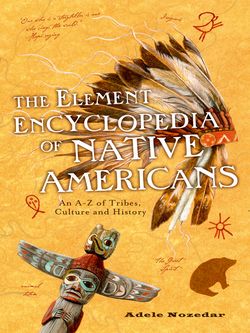Читать книгу The Element Encyclopedia of Native Americans: An A to Z of Tribes, Culture, and History - Adele Nozedar - Страница 112
CHIEF SEATTLE
Оглавление“Let him [the white man] be just and kindly with my people, for the dead are not altogether powerless.” (attributed to Seattle)
1780(?)–1866
A chief of the Duwamish tribe, whose name would become immortalized for all time in the great city named after him, Seattle also became famous for one particular speech, although there is controversy as to the content, context, and precise nature of the speech.
Seattle—or Si’ahl—was born in the area of Blake Island, Washington. His mother was of the Duwamish and his father of the Suquamish. His position as chief was inherited from his maternal uncle, as was the tradition in a matrilineal tribe.
Accounts of Seattle tell us that he was tall for one of his tribe, standing at almost 6 feet; he was given the nickname Le Gros, meaning “The Big One,” by the European traders. A skilled orator, he also had the added vantage of a loud voice. He was a confident and skilled warrior, leading skirmishes against enemy peoples. It was a tradition among the Duwamish to make slaves of enemies that they captured.
Seattle’s first wife died after giving him a daughter; his second wife bore him seven children: four girls and three boys. His best-known child was his first daughter, Kikisoblu, who would become better known as Princess Angeline. In the late 1840s Seattle was baptized into the Catholic Church, taking the name of Noah Seattle.
The town of DuWamps was changed to Seattle when Chief Seattle formed an alliance with the Europeans against the Patkanim tribe, who were making incursions onto the traditional sites where the Duwamish caught clams and other shellfish.
After the Battle of Seattle in 1856, the Chief was reluctant to allow his people to relocate to the reservation that had been allotted them, since the Snohomish, their traditional enemies, were also going to be relocated there, and Seattle knew that this would lead to conflict. Instead, his people relocated to the Suquamish reservation in Washington, where he died in 1866. He was buried at the tribal cemetery there.
